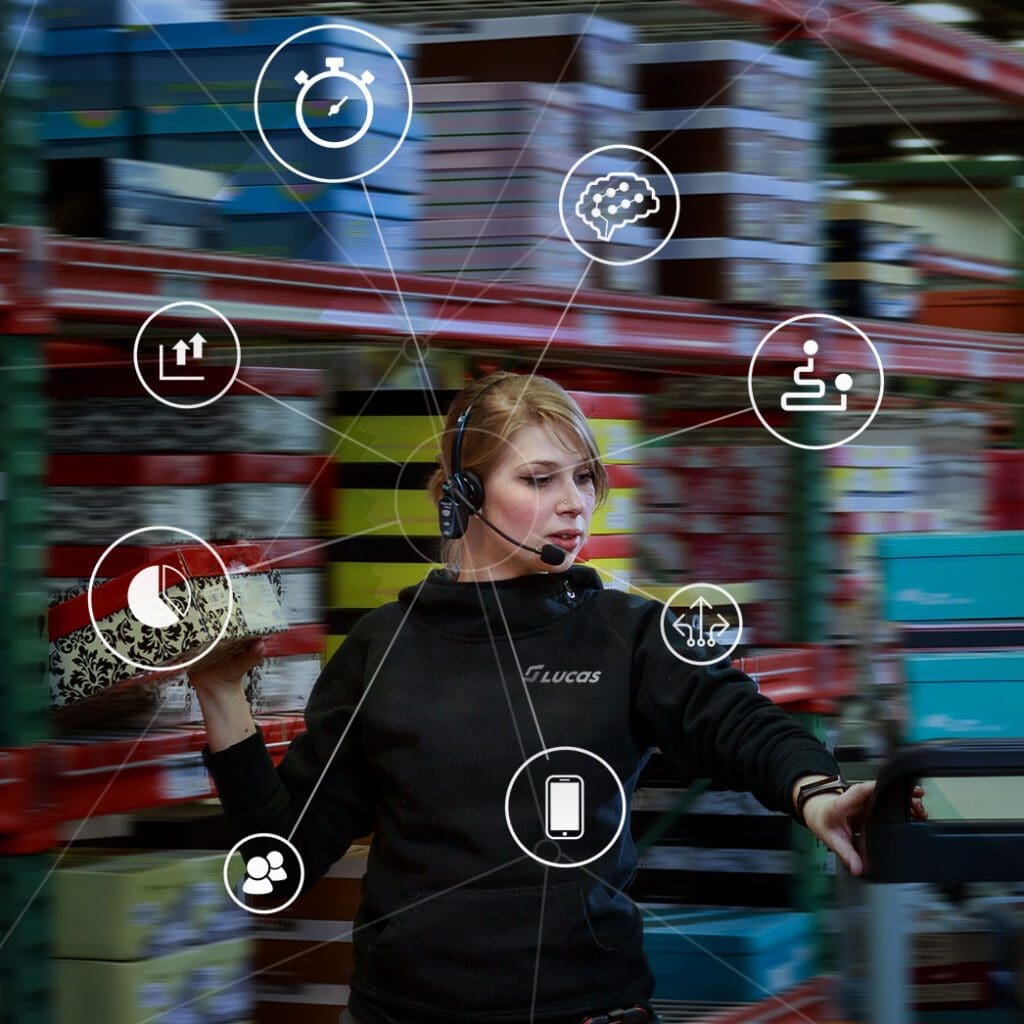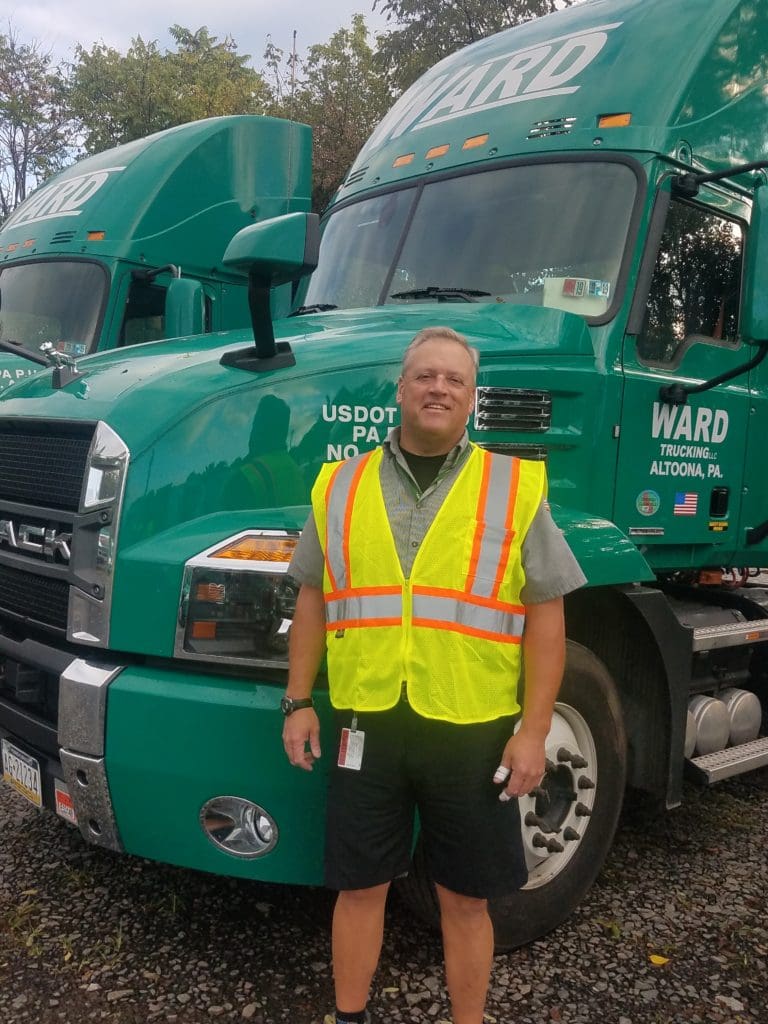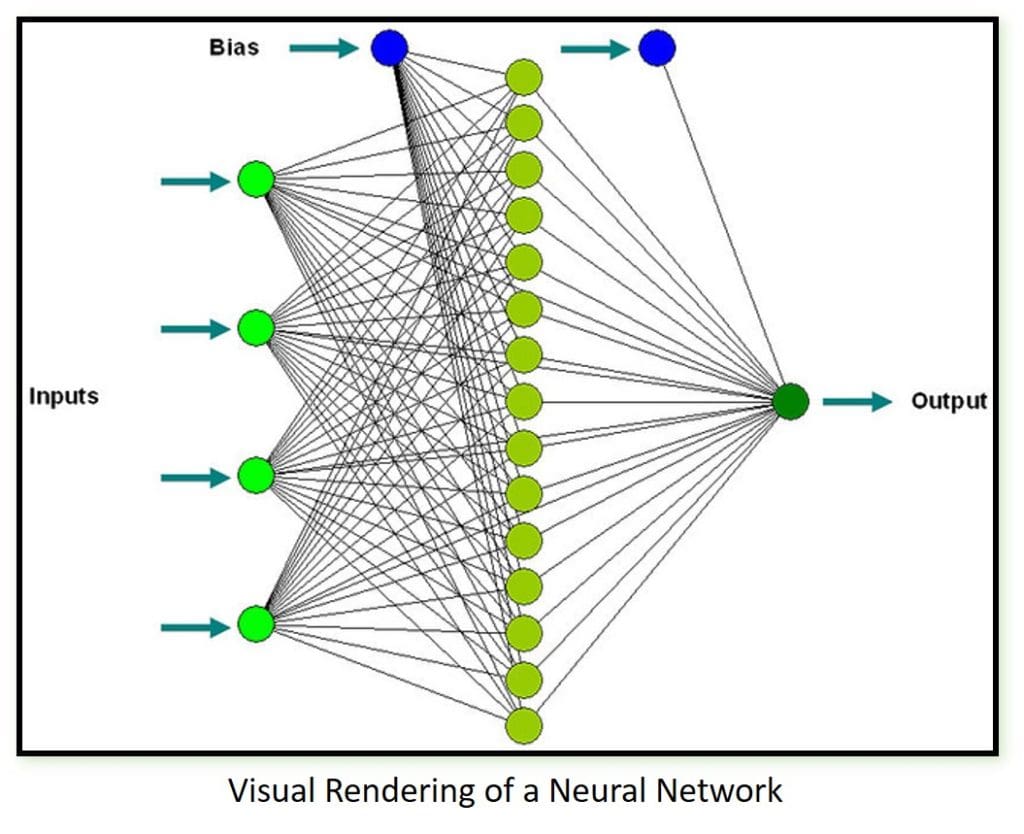 There’s a new reason to optimize DC operations, and it’s bigger than the old reasons of productivity and efficiency gains. More and more companies are realizing that investing in their DCs and powering them with modern and sophisticated technologies like AI can lead to competitive advantages for the overall company.
There’s a new reason to optimize DC operations, and it’s bigger than the old reasons of productivity and efficiency gains. More and more companies are realizing that investing in their DCs and powering them with modern and sophisticated technologies like AI can lead to competitive advantages for the overall company.
This quest to master distribution has risen to the top of the list because customers (whether consumers or businesses) are demanding performance like never before. Expectations for short delivery times, 100% fulfillment accuracy, and large product selection and availability have become a key deciding factor on which customers make their purchase decisions. It’s apparent that Amazon has set the standard for consumer expectations, and those expectations have translated into the business-to-business world as well. On top of the insatiable desire for everyone to buy online fueling ecommerce growth in DCs, the high cost and scarcity of warehouse labor is crushing to many DC operators. The quest to deliver faster, better, and cheaper leaves operators turning to technologies like AI to try and crack the code.
AI holds the promise for big gains
The warehouse automation market is forecasted to grow at a CAGR of approximately 14% and be worth USD 30 billion by 2026. This broad category technology is driven by opportunities from autonomous vehicles, to robots, to automated storage systems, to software for optimization and orchestration of work.
Of the DC technology choices available, AI software is significantly promising for many looking to transform their DC operations. A recent study commissioned by Lucas Systems shows operators are optimistic about AI-based software, counting on quick and generous returns from their investment and expecting an average ROI of more than 60% within 5 years.
The fascination with AI technology and the large, expected payoff is driving a great deal of enthusiasm in many companies. Nearly 91% of survey respondents want to use advanced technologies such as AI and machine learning to drive warehouse and DC performance improvements. But they also admit that gaps exist in the knowledge and expertise required to achieve the full potential of AI. Approximately 80% of respondents agree that there is a general lack of understanding of how AI-based software can be put into practice to enhance warehouse/distribution center operations across multiple industries.
Getting started with AI in the DC
Getting going with AI without stumbling can be challenging. While leaders want the benefits of AI, they are nervous about having enough in-house knowledge and in some cases, giving up decision control to AI-based software. Here’s how to approach it:
Start with well-understood processes. You don’t need to know the nitty-gritty details of how AI and machine learning actually work behind the scenes. It’s more important to confidently understand your existing (non-AI) processes so that those processes can more easily be bolstered with AI.
Make sure your desired results are tangible and meaningful. Consider that projects which deliver hard labor savings or productivity or accuracy improvements often are perceived as more important than softer benefits such as employee satisfaction. What is your company’s top priority with AI?
Start with AI software that is well-proven out. AI development is still evolving but some areas have proven to deliver significant gains. Software for tasks such as slotting or labor management have AI engines that are well refined and require no AI expertise to use them.
Five fast start opportunities for AI
1. In-Warehouse Travel Optimization
The time spent navigating a warehouse can account for more than 30% of the total cost of labor. This makes the optimization of that travel time a critical component to running a successful warehouse or distribution center. Complicating the matter is that minimizing total travel time isn’t the only priority we need to take into consideration. The priority of each pick based on shipping deadlines can compete with travel minimization and also evolves in its level of importance throughout the day. For example, in the morning, we may want to maximize picking density to improve the efficiency of our pickers without much concern about shipping deadlines. Later in the day, those shipping deadlines become more important, so we need to adjust how we prioritize each pick, emphasizing the importance of shipping deadlines. Historically this problem has been solved using heuristic-based approaches, but it is a problem well suited for AI techniques.
2. Dynamic Slotting
Optimal placement of products within the warehouse, or slotting, has a significant impact on all the DC key performance indicators – productivity, shipping accuracy, inventory accuracy, warehouse order cycle time, and storage density. Yet, typical warehouses have fewer than a third of items located in optimal locations. This includes those that put effort into slotting via spreadsheet calculations and even slotting software packages. This is another problem well suited for AI with large expected returns.
3. Workflow Orchestration of People, Assets, and Machines
DC managers must consider how to optimize the assortment of systems and human labor and the orchestration of workflows between them. When you add robots to this mix, which systems will tell those robots where to go and when – and how to do it efficiently? Who will orchestrate the work between DC associates and the robots as work is handed off and another robot needs to step in? Who will reassign robots as the workload and order priorities change throughout the day? The key here is in analyzing data in real time – tasks which are well suited for AI.
4. Workforce Planning
As labor is typically the largest operational cost of a DC, workforce management plays a key role in cost-effective operations. Optimal allocation of workers to meet anticipated demand with each shift/day/week is essential to eliminate overstaffing and understaffing and reduce overtime while ensuring that orders get out on time. For example, during a shift, a supervisor may need to make a series of decisions related to shifting personnel from area to area to meet shipping deadlines associated with a wave of orders. Good decisions along these lines mean the supervisor will need a variety of near-real-time data in order to be alerted to and be able to process that data in a way that leads to good decisions. Again, a problem well suited for AI.
5. Performance Management
Engineered Labor Standards (ELS) and labor management systems have been around for some time, but an AI approach to performance management is better because it is easier to implement and produces better results. To implement ELS, industrial engineers typically go through a labor-intensive process that includes a combination of on-site observations, software calculations, benchmarking, and validations through actual practice. Additionally, ongoing re-evaluation is required in order to reflect changes in operations, such as when the type, weight, or size of products handled changes or when there are slotting changes. Finally, after all that, it is common practice to accept that the resulting standards are only accurate to within +/-15%, making it harder to hold individuals accountable. AI can make this a real time, dynamic process.
The next wave of DC transformation will be tech driven
Competitive advantage has shifted in many companies to be driven by the distribution arm of the company. And many companies have been static in evolving their distribution operations to meeting skyrocketing demands of consumers and businesses. Using sophisticated technologies like AI holds great promise for fueling the next wave of DC transformation. That tech is available today – so the key is to get going on the best opportunities.
—
 Ken Ramoutar is CMO at Lucas Systems. In his 25 years of customer centric roles in supply chain software and consulting, Ken has navigated companies through uncertainty and volatility as a thought leader and change agent. Prior to Lucas, he was SVP and Global Head of Customer Experience for Avanade (a $3B Accenture and Microsoft owned company), and held leadership roles at IBM, Sterling Commerce, and SAP/Ariba.
Ken Ramoutar is CMO at Lucas Systems. In his 25 years of customer centric roles in supply chain software and consulting, Ken has navigated companies through uncertainty and volatility as a thought leader and change agent. Prior to Lucas, he was SVP and Global Head of Customer Experience for Avanade (a $3B Accenture and Microsoft owned company), and held leadership roles at IBM, Sterling Commerce, and SAP/Ariba.





















